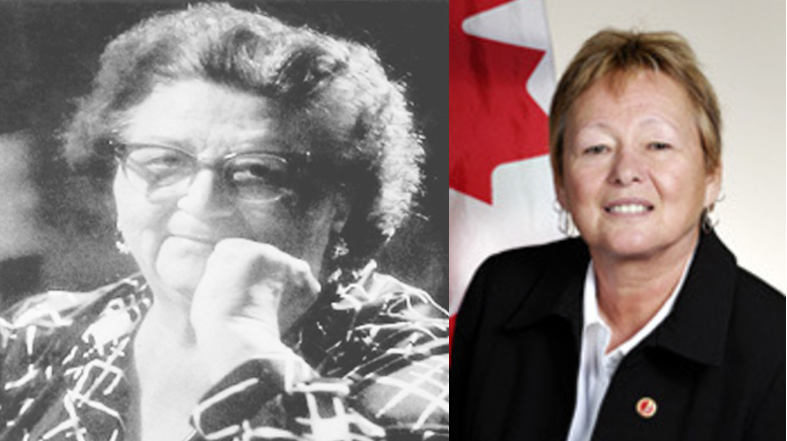Your Online Friendship Centre
Exit Site
Your Online Friendship Centre
April 1985 saw some very important changes to very discriminatory measures of the Indian Act, with the passing of Bill C-31.
Before this bill, it was very easy for First Nations women to be separated from their families and home communities. Under the Indian Act, First Nations women who married non-First Nations men lost their Indian status. A woman who married a man from a different band wouldn’t lose her status but would lose membership of her own community and would automatically become a member of her husband’s band.
In 1951, amendments to the Indian Act added further discriminatory measures. One was the “double mother clause” or Section 12(I)(a)(iv), a measure that would take away a child’s status if both their mother and grandmother gained Indian status through marriage, regardless of whether their father or grandfather were status Indians. Further, if a woman’s husband died or if the marriage ended somehow, the she would also lose her Indian status.
Bill C-31 was the result of a lot of hard work from many committed people, including Mary Two-Axe Earley and Sandra Lovelace Nicholas, who now sits in the Canadian Senate.

Read about Mary Two-Axe Earley in our story 6 Incredible Indigenous Women Every Canadian Should Know.
The bill abolished the gender discriminatory sections of the Indian Act and restored status to women whose status had been removed.